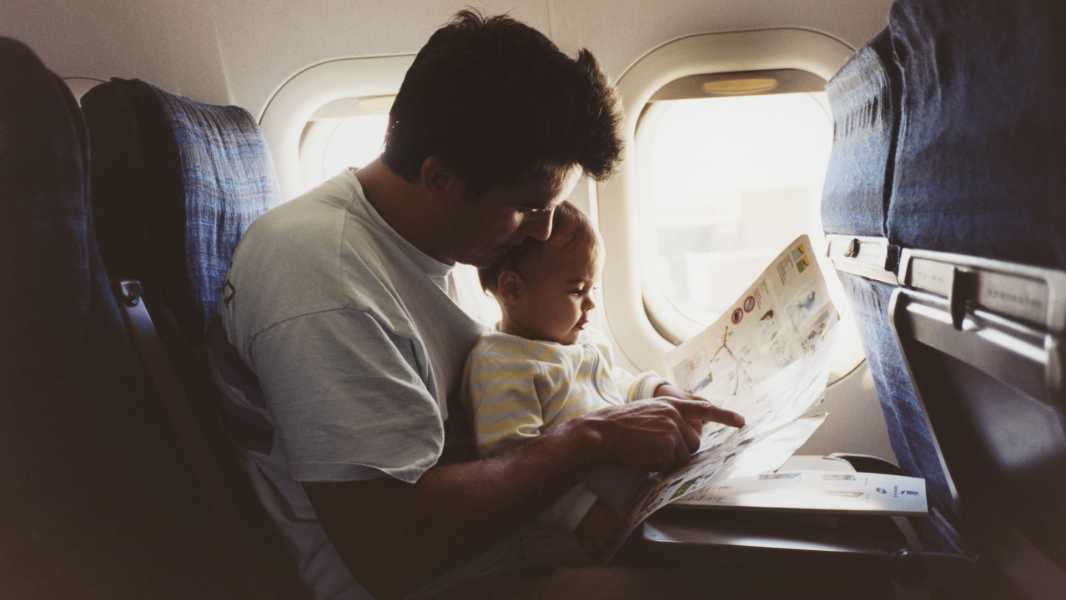
Be sure to check the plane's safety instructions to know how far away you are from the exits. (Image credit: Charles Gullung via Getty Images)
With news images of planes flipping, making emergency landings, or encountering unexpected obstacles, many people may feel anxious about flying. Some may wonder: Is there a seat on a plane that will keep me safest? What is the safest seat on a plane?
First and foremost, it’s worth emphasizing that flying is one of the safest ways to travel. “The chances of dying are significantly lower than driving a car,” says Cheng-Lung Wu, an associate professor in the School of Aviation at the University of New South Wales in Australia. In the U.S., your chances of dying on a commercial flight are 1 in 13.7 million for each flight, according to a 2024 study published in the Journal of Air Transport Management. Most passenger jet accidents, about 94 percent, also have a 100 percent survival rate, according to data from the National Transportation Safety Board from 2001 to 2017.
However, there has not been much scientific research that analyzes which seats on an airplane are the safest, Wu said. However, based on past crashes and an understanding of the aircraft's design, it is possible to infer the safest seat in the event of an incident.
You may like
- Scientists have discovered previously unnoticed disturbances at hypersonic speeds
- How Wildfire Smoke Affects Health and How to Protect Yourself
- Mathematicians have cracked a complex 'crowd problem' that explains why public spaces turn into chaos
“It all depends on the nature of the crash,” said Daniel Kwasi Adjekum, an aviation safety researcher at the University of North Dakota. Of course, if the plane is completely destroyed, your chances of survival don’t depend on where you sit.
But let's say the impact is low-energy and at a shallow angle, like if a plane loses control on landing and skids off the runway. “Then it really matters where you sit to be able to survive,” Ajekum said.
Sign up for our weekly newsletter, Life's Little Secrets, to stay up to date with the latest news before it hits the web.
In such cases, the plane could break in two when it hits the ground, and most of the kinetic energy would be concentrated in the front of the plane, causing it to move forward. In this case, the back of the plane would be safer. Indeed, a Time magazine analysis of 2015 Federal Aviation Administration data found that the lowest fatality rate occurred in the rear third of the plane.
Wu also highlighted another area that can provide more protection: seats next to or near the wings of the plane. This area has a lot of structural reinforcement, allowing it to withstand more force. These seats are near emergency exits, Wu added, meaning you’ll be able to evacuate more quickly (unless you’re in an emergency exit row and need to help others off the plane).
But danger lurks in the middle of the plane: the fuel tanks. Although planes are supposed to empty their fuel tanks before landing, those tanks can still catch fire or smoke in a crash. In such situations, it’s especially important to get out of the plane quickly, within 90 seconds, Ajekum said. That means leaving your luggage behind, not panicking, slowing down, or doing anything else that could slow down your evacuation.
Sourse: www.livescience.com





